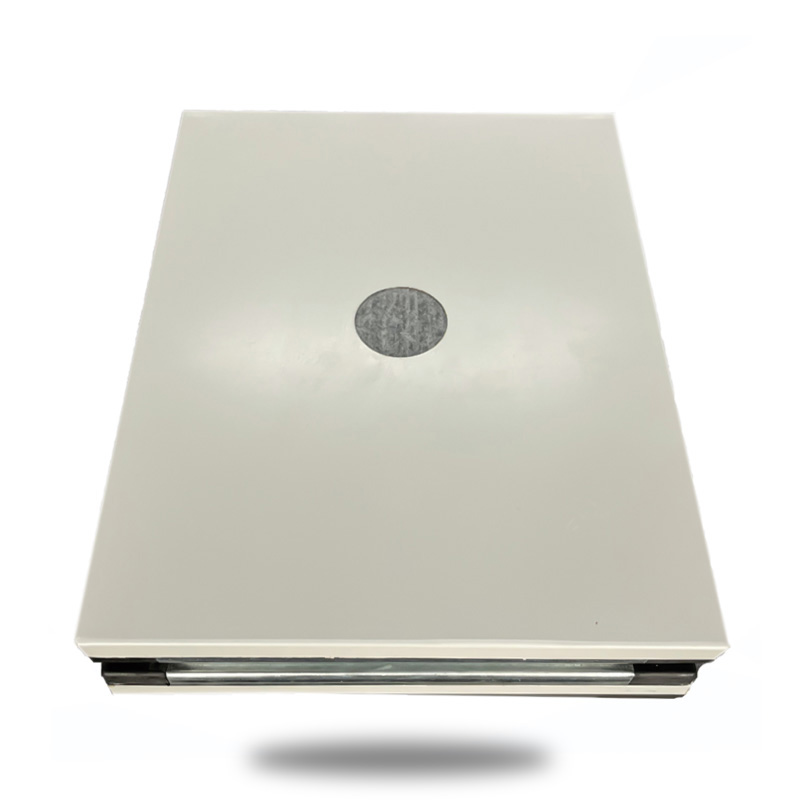

Selecting clean room panels involves considering variou […]
Selecting clean room panels involves considering various specifications and standards to ensure they meet the required cleanliness levels and performance criteria for specific applications. Here are key specifications and standards commonly referenced in the clean room industry:
ISO Cleanroom Standards: The International Organization for Standardization (ISO) provides several standards related to clean rooms and associated controlled environments. The most relevant standards include:
ISO 14644: This series of standards specifies cleanliness classes for air cleanliness in clean rooms and controlled environments based on particle concentration levels.
ISO 14698: These standards focus on biocontamination control in clean rooms and associated controlled environments, addressing microbial cleanliness and monitoring methods.
Federal Standard 209E (FS 209E): Although now obsolete, FS 209E was previously a widely used standard in the United States for clean room classification. It specified cleanliness levels based on the maximum allowable number of particles per cubic foot of air for different clean room classes.

European Union Good Manufacturing Practice (EU GMP): The EU GMP guidelines outline requirements for clean room design and operation within pharmaceutical manufacturing facilities. These guidelines emphasize the importance of maintaining cleanliness and controlling contamination risks to ensure product quality and patient safety.
International Electrotechnical Commission (IEC) Standards: IEC standards may be applicable for clean rooms used in electronics manufacturing or other industries where electrostatic discharge (ESD) control is critical. Standards such as IEC 61340 specify requirements for electrostatic control programs, including clean room design considerations.
Depending on the geographical location and industry sector, there may be additional regulations and guidelines governing clean room design, construction, and operation. These regulations may include building codes, occupational health and safety requirements, environmental regulations, and industry-specific standards.
Clean room panel manufacturers provide detailed specifications for their products, including material properties, construction methods, dimensional tolerances, and performance characteristics. These specifications should be carefully reviewed to ensure that the panels meet the required cleanliness classifications and performance criteria for the intended application.
By understanding and adhering to relevant specifications and standards, stakeholders can make informed decisions when selecting clean room panels and designing clean room facilities that meet regulatory requirements and performance expectations. Regular monitoring and testing may also be necessary to verify compliance with cleanliness standards and ensure ongoing performance.
Our new models offer superb design;competitive prices and their new features give them distinct advantages over similar products from other manufacturers.